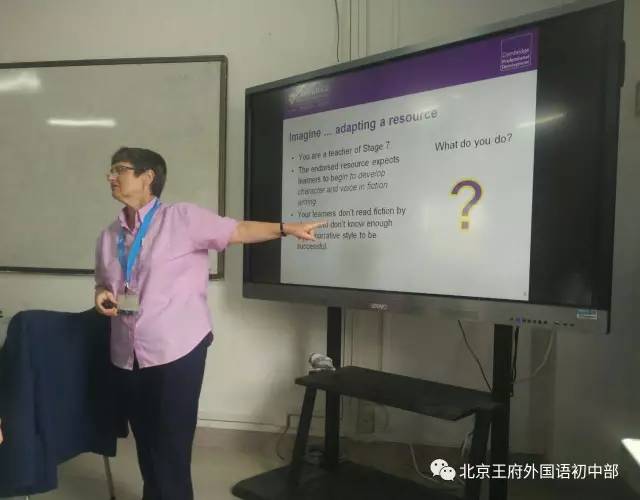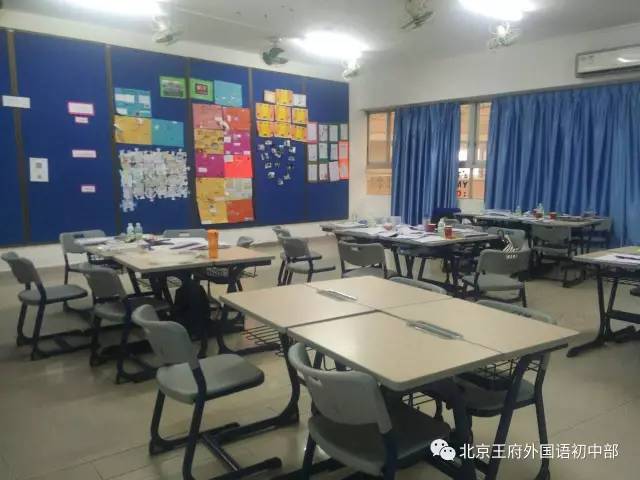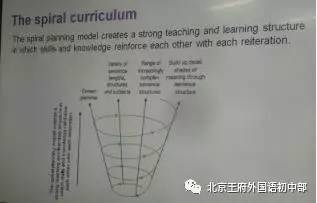Teacher Training 丨Cambridge Scholar Quality: RICER

At the end of April, several English teachers of RFLS attended a two-day training program for Cambridge Secondary 1, which is organized by Cambridge International Education Organization. The training has 8 different parts including curriculum system, teaching methodology, active learning, criteria of assessment, teaching resources, teaching objects and micro class teaching.

There are two groups in this training: group of primary years and group of middle years. There are 14 teachers in the group of middle years who come from international schools all over the country. Susan Ramsey, the trainer, has over 40 years’ experiences. She used to be the test officer of Checkpoint, A-level and Secondary I. She is also a trainer of CIE online courses.

1. RICER
The most impressive part of this training is the completeness and compatibility of this system. First, Cambridge scholars should be RICER: reflective, innovative, confident, engaged, and responsible. In a word, Cambridge courses not only focus on students’ learning ability, but also their critical thinking abilities and lead them to become a ‘world citizen’. Teachers should include all these concepts into teaching and make a good example for students to follow.

2. Active learning
Active learning, as an important focus of teaching, promotes student-based classes. Students need to actively explore and teachers need to integrate teaching resources and activities. There are 4 aspects in Secondary I, namely reading, writing, speaking & listening (discussion) and speaking & listening (drama). Teaching activities and assessment criteria should be set by rules and students should be informed of the criteria before any assessment.
3.Lesson design
As for class design, the following factors should be taken into consideration: review; teach; practice; apply. Teachers should apply WWW (what went well) and EBI (even better if) principles, which means to give students positive comments and then suggestions. In this way, students could be encouraged and make even more progress in the future.
4.Teaching resources
As for teaching resources, teachers should develop some resources according to students’ level and charters instead of just relying on textbooks and workbooks. At the same time, whether the teaching resources fit with the teaching objects and criteria should also be taken into consideration.

The two-day training is substantial. We have a better understanding about how to apply the teaching methodology of Cambridge Secondary I to real classes. We will research how to give targeted tutorship to Cambridge Secondary I students in the future.


